Market Trends
Introduction
As we enter 2024, the dairy packaging market is experiencing considerable transformations. Technological advances are reshaping packaging solutions, enhancing their efficiency and sustainability and meeting consumers’ changing expectations. Regulations are increasingly influencing packaging materials and processes, encouraging the development of eco-friendly alternatives and tightening standards. In parallel, changes in consumers’ behaviour, with a growing focus on convenience and sustainable consumption, are pushing packaging strategies forward. These trends are of vital importance to industry players, who must align their offerings with consumers’ needs.
Top Trends
-
Sustainability Initiatives
The dairy industry is increasingly using sustainable materials, which consumers want. Tetra Pak is a leading example in this field, committing to use renewable materials and aiming to achieve a completely recyclable package by 2025. According to a survey by the industry, seventy percent of consumers prefer brands that put the environment first. This is an innovation trend that can reduce costs and increase brand loyalty. -
Smart Packaging Technologies
INTEGRATION OF SMART PACKAGING TECHNOLOGY IS NOW CHANGING DAIRY PACKAGING AND IMPROVING SAFETY AND TRACEABILITY. QR CODES AND NFC TAGS HAVE MADE IT EASY FOR CONSUMERS TO ACCESS PRODUCT INFORMATION. A recent survey shows that 60% of consumers are willing to pay more for products with smart features. This trend is expected to bring about operational efficiencies and improved transparency along the dairy supply chain. -
Lightweight Packaging Solutions
The trend towards lighter packaging is gaining ground. It is driven by the desire to reduce material costs and transport costs. SIG Combibloc, for example, has developed carton packaging that is lighter, but still maintains product safety and minimizes the impact on the environment. Research has shown that the use of lightweight packaging can reduce CO2 emissions by up to 30 per cent. The trend towards lighter packaging is expected to have a positive impact on both the bottom line and the achievement of sustainable development goals. -
Increased Use of Biodegradable Materials
In the dairy industry, the use of biodegradable packaging materials is increasing, mainly due to regulatory requirements and consumers’ preferences. As a result, companies like Amcor are investing in bioplastics, which decompose naturally and thus reduce waste in the environment. Moreover, the biodegradable packaging market is expected to grow significantly in the coming years, and dairy companies are adopting these materials. This can lead to a competitive advantage in a market where the environment is becoming a priority. -
Enhanced Shelf Life Solutions
The latest developments in packaging technology are extending the life of dairy products, reducing food waste. Barrier films developed by companies like Mondi Group help preserve the products. Statistics show that a few days’ extension of shelf life can have a major effect on food waste. This trend not only benefits consumers but also increases the profit of dairy producers, who can sell their products with fewer losses. -
Customization and Personalization
Customized packaging is increasingly in demand as a way to stand out in the competition. Companies are turning to digital printing to create their own bespoke packaging designs. According to research, consumers are more likely to buy products with unique packaging. This trend will drive innovation and increase market share for brands that can engage consumers. -
Regulatory Compliance and Safety Standards
In the dairy industry, the development of the packaging is influenced by the stricter regulations on hygiene and the use of packaging materials. Governments are putting more and more pressure on companies to invest in high-quality materials. A study shows that 80% of dairy producers are focused on complying with the regulations in order to avoid fines. This trend is expected to lead to increased costs and operational changes, but also to an increase in the trust of consumers. -
E-commerce Packaging Solutions
The rise of e-commerce has affected the design of dairy products’ packaging, with the emphasis on the resilience and convenience of packaging for home delivery. This has meant that companies are developing packaging that can withstand the shipping conditions while still preserving the integrity of the product. Sales of grocery products via the Internet have increased by 30 per cent,* and this has meant that the market for packaging has grown as well. This trend is likely to affect logistics and distribution strategies in the dairy industry. -
Focus on Health and Wellness Packaging
Health-conscious consumers demand packaging that is clear and nutritionally oriented. Brands are responding with transparent packaging that highlights the product’s ingredients. The research shows that 65% of consumers prefer products with clear health benefits. This trend will influence product development and marketing strategies. -
Integration of Reusable Packaging Systems
As a result, re-usable containers are becoming more and more popular, as companies are looking to reduce waste and increase their green credentials. Brands like DairyPak are encouraging consumers to return containers for re-use. Studies have shown that re-usable systems can reduce packaging waste by up to 50%. This trend is likely to have a major impact on the way consumers behave and on the way the dairy industry operates.
Conclusion: Navigating the Dairy Packaging Landscape
The dairy packaging market in 2024 will be highly fragmented and characterized by intense competition. Both the traditional and new players will compete for market share. The trend towards sustainable packaging will be accompanied by the need for innovation and adaptation. The established companies will use their strong distribution network and brand loyalty, while the new players will rely on their agility and advanced technology. Artificial intelligence and automation in production will be the decisive factors in market leadership. Strategically, suppliers must therefore ensure that they can take advantage of these opportunities and thus remain competitive in a changing environment that values flexibility and responsibility.

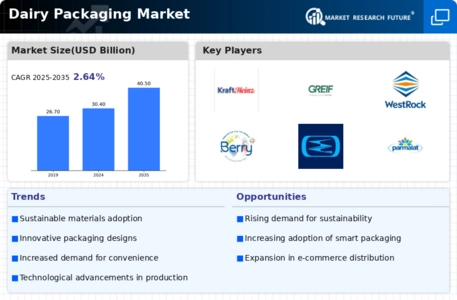

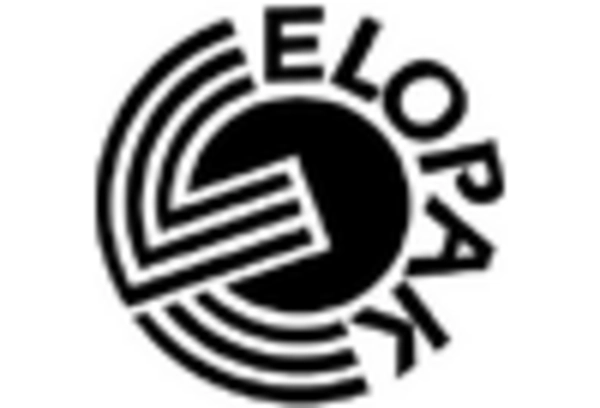

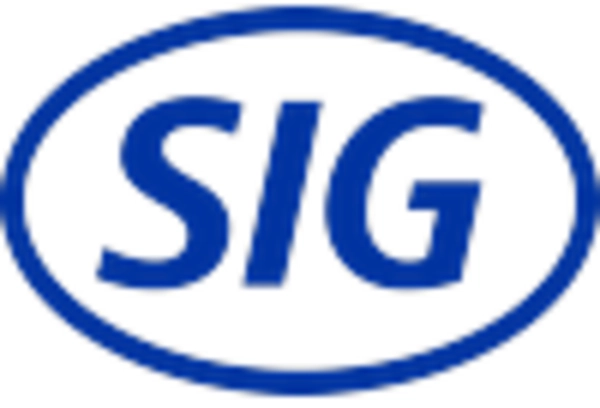
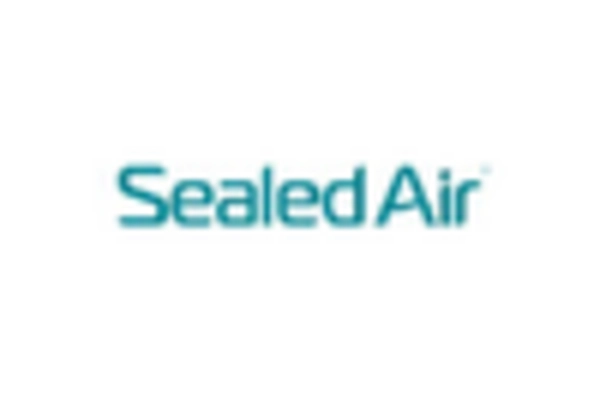
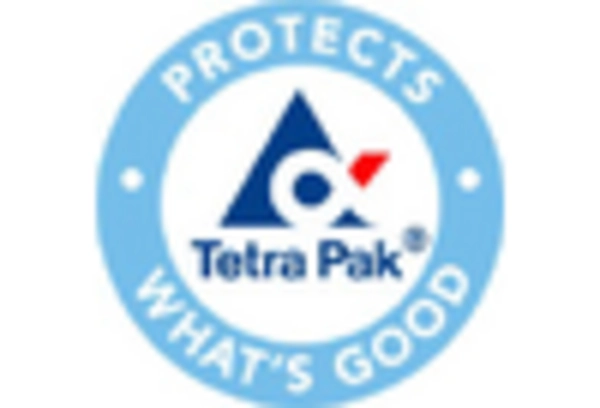









Leave a Comment